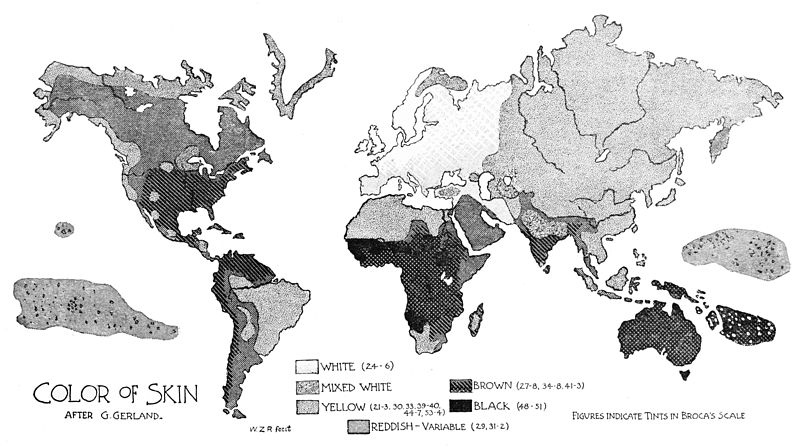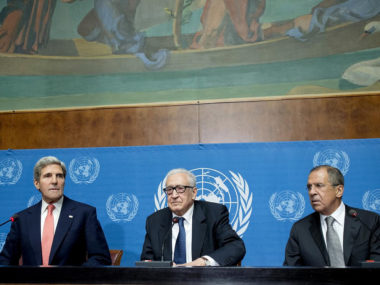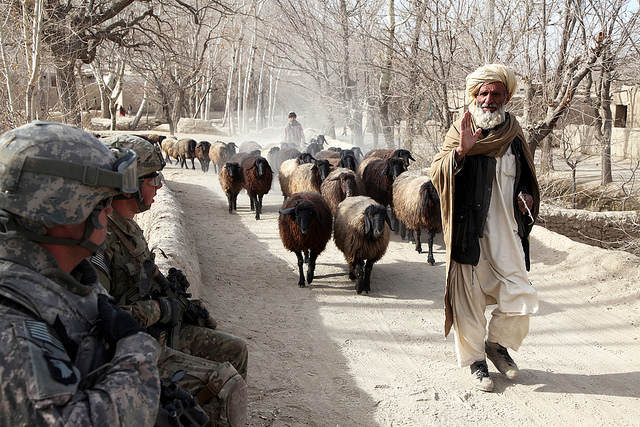Guest post by Thomas Zeitzoff
I recently finished Abhijit Banerjee and Esther Duflo’s extremely readable book on development economics, Poor Economics. As a fan and practitioner of field experiments and micro-level research, I found the book fascinating for its take on development research. Banerjee and Duflo’s central methodological argument is that development economists cannot fully understand the central issues of development without rigorously testing the micro-foundations among the actual poor. Their methodological tool for doing so is the randomized control trial (RCT).
While reading the book, I was struck that conflict researchers face many of the same issues as development economists. Just as in development economics, a disproportionate percentage of empirical research uses (some would say abuses) a few high-profile datasets (COW, PRIO-UCDP, ACLED, PTS, CIRI, MID, Fearon and Laitin, etc.) to make arguments about why countries fight, what leads to civil war, why repression varies, etc. For example, numerous articles have questioned whether ethnic diversity (specifically ethnic exclusion) better predicts civil conflict as opposed to economic development or “greed”. Acknowledging the limitations in using cross-national data, many recent, cutting-edge conflict studies (randomized artillery strikes in Chechnya, or civilian casualties in Iraq, etc.) make use of sub-national conflict data. However, like the previous cross-national studies, these recent studies have come to mixed conclusions about the effect of violence. Some find that violence leads to support for concessions, or reduction in insurgent attacks, and others show that it leads to an increase desire for retaliation.
The problem with even the sub-national data is that most studies implicitly assume a micro-level mechanism. Individuals get exposed to violence, get angry and want to fight the perpetrators, or they get too scared and want to make concessions. However, they only test aggregate (district- or city-level) outcomes. These studies face the similar ecological inference problem identified by Gelman in “Red State, Blue State“. He and his coauthors show that just because rich states vote Democratic does not mean that rich individuals within those states are more likely to vote Democratic. Likewise, conflict researchers must go to the individual-level data to test these micro-level mechanisms. Recent research on how humanizing the outgroup may backfire, who participates in riots, what explains support for militants, and which Islamic clerics radicalize attempt to unpack these individual-level mechanisms. Yet, more careful micro research on conflict is needed. In particular, I maintain that field experiments offer a promising path forward and need to be incorporated into the repertoire of techniques conflict scholars adopt; a stronger version of this point is that conflict scholars have to do this or else leave unexplored the central arguments that animate the field.* This approach allows researchers to use the gold standard measure of behavior, randomly assign treatment and control to make causal inference, use representative populations to test important theories about why people fight, as well as even more importantly how peace can be promoted and sustained.
The task will not be an easy one. When I have given talks on a field or survey experiment, or been in the audience when experiments are presented, the issue of generalizability is invariably raised: “You only tested one mechanism in one location…what did we actually learn, and can it travel?” I think the answer to this question is to turn it on its head. In doing a limited, but careful study with random assignment we can be more certain about causality, and use those findings to inform our general theories. This is not to say that macro-level conflict research (why states fight, why and where repression occurs and when will civil war end) is not important. Rather, experimental research that develops new hypotheses and tests existing mechanisms of individual motivations for conflict and peace complement macro-level research — and more micro-level work should be done. It has been over 40 years since Ted Gurr published his seminal book on Why Men Rebel, and researchers are still grappling with this question adapted for the more considerate crowd: Why do People Rebel? Field experiments and micro-level conflict research, not employed at the time of Gurr’s study, provides the most promising avenue to finally answer this question in a rigorous way.
* It is important to take note of Chris Blattman’s warning on the high risk-reward for grad students pursuing a dissertation that uses field experiments, and the ethical considerations of conducting field experiments in conflict, or post-conflict zones.
Thomas Zeitzoff is a PhD Candidate in the Department of Politics at New York University.







8 comments
In the third paragraph the link to “who participates in riots” is the same as the link for “what explains support for militatants.” Can you provide the correct link? I’m an interested student.
Thanks for bringing this to our attention. I’ve updated the link on who participates in riots to the correct link to Alexandra Scacco’s research.